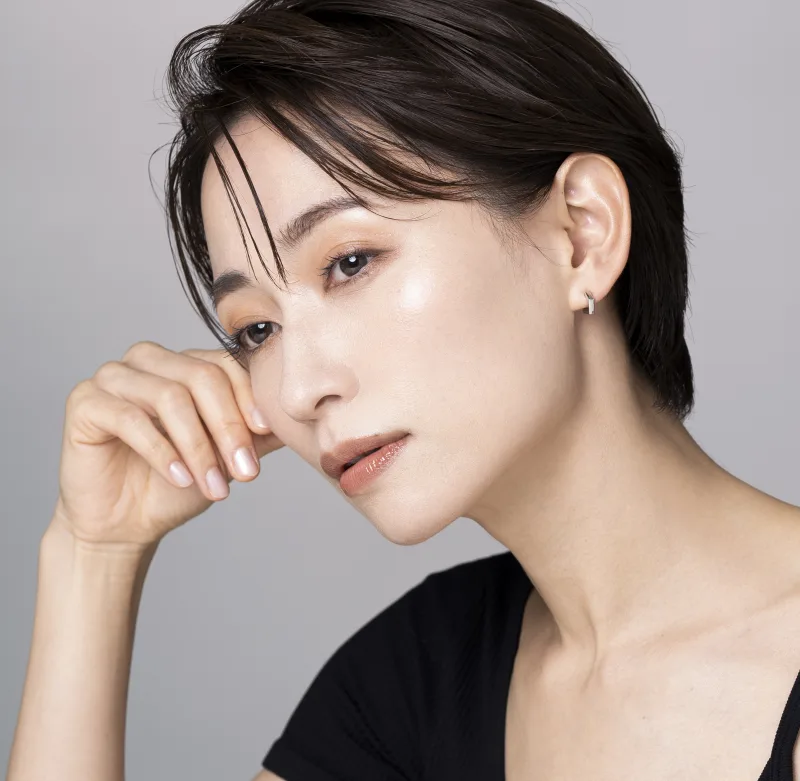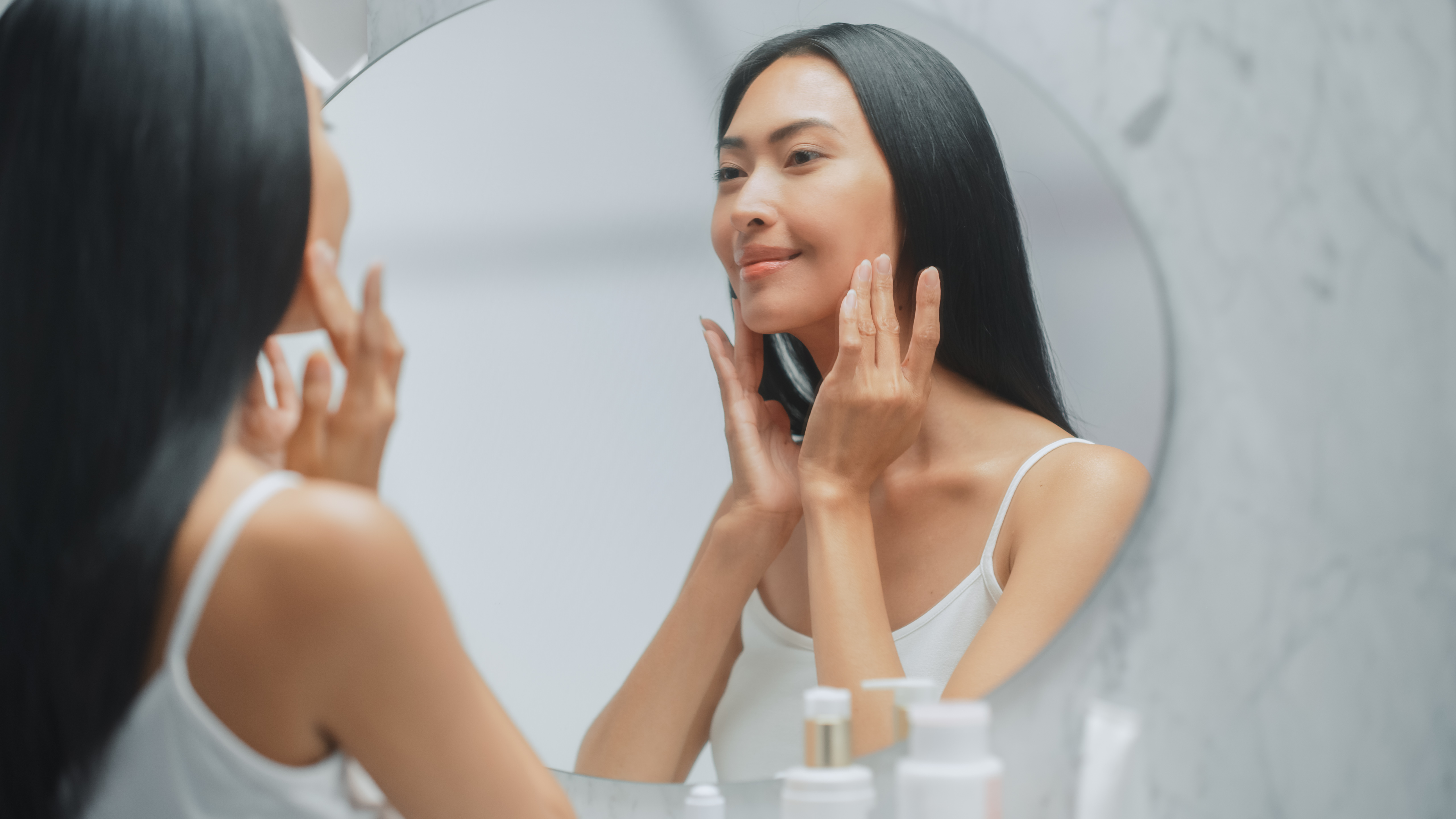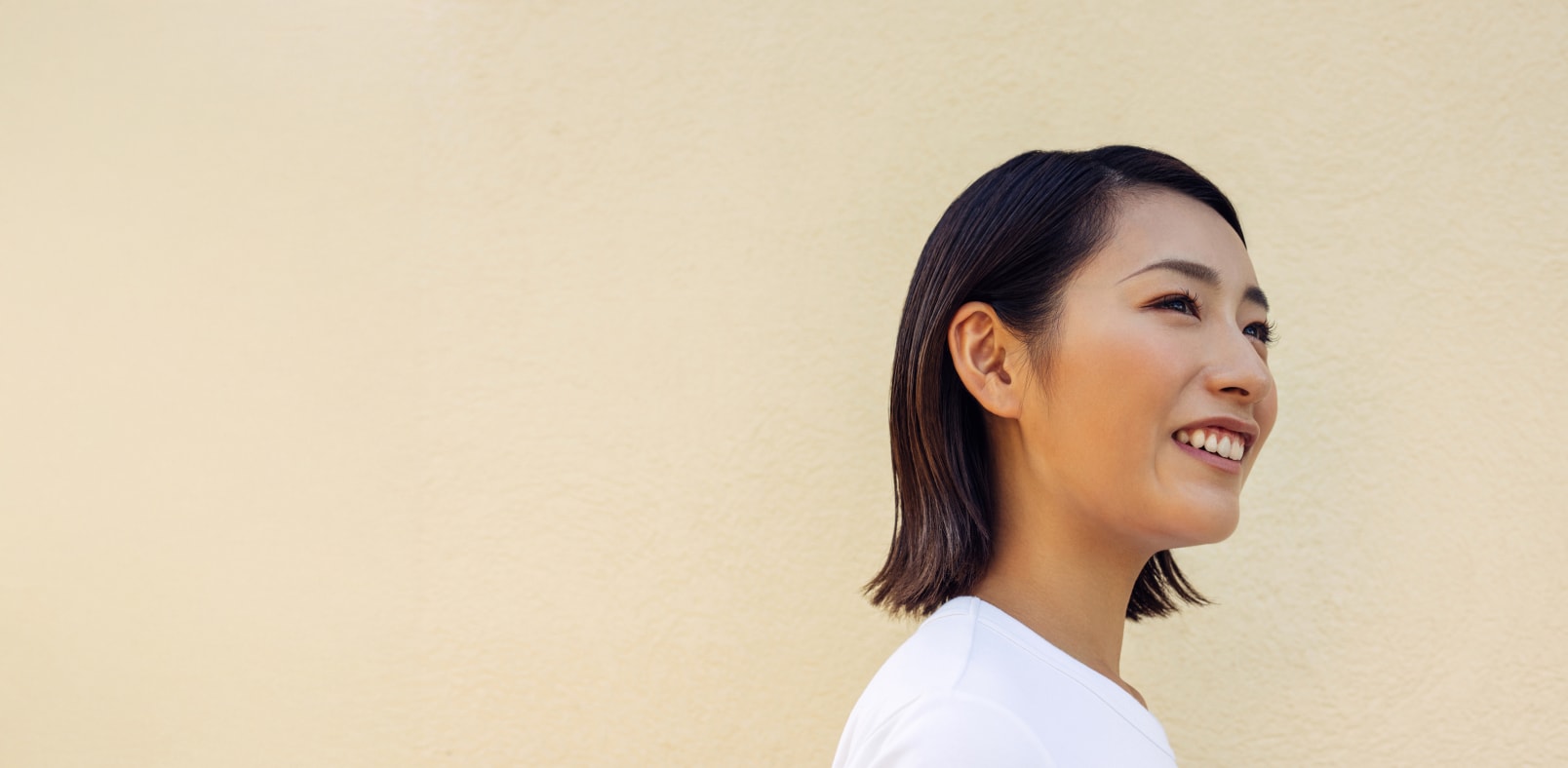
Asian Rhinoplasty
Asian Rhinoplasty

What Is Asian Rhinoplasty?

Unique Characteristics of the Asian Nose
Considerations
Dr. V's Unique Approach
Asian Rhinoplasty Results
Explore Dr. V's portfolio of natural-looking Asian rhinoplasty results. See the beautiful possibilities for your own transformation.
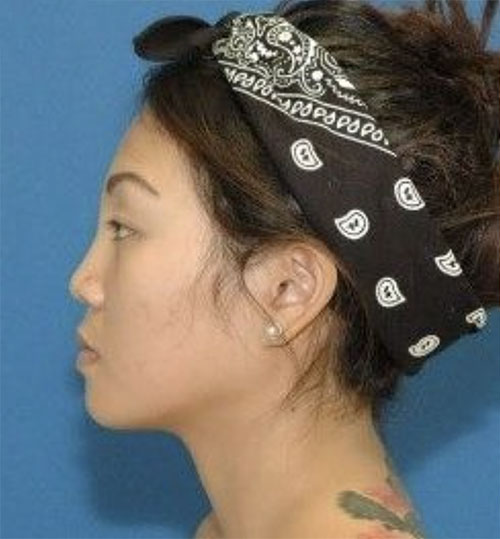
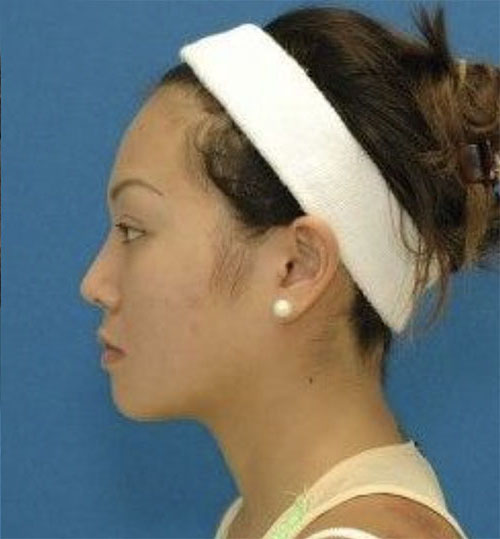
Advanced Techniques in Nose Reshaping
Dr. V uses the following techniques with her Asian rhinoplasty surgeries:
Silicon Implant Augmentation - Nose augmentation in the case of Asian rhinoplasty may be performed with silicone implants or using the patient's cartilage. Patients with Chinese, Japanese, Korean, or Taiwanese ethnic origins may be looking to increase the size of their nose in harmony with the rest of the face. Some surgeons prefer silicone implant-based augmentation, particularly if they believe that the outcome will be enhanced with it. Compared to an autologous surgery, involving the patient's cartilage, the surgery with silicone implants can be less complicated and avoid the risk of donor site morbidity. However, in some cases, the surgeon may prefer autologous rhinoplasty, if the outcome may be more effective with this technique.
- Sharpening of the Nasal Tip Projection - Many Asian patients seek to enhance their nasal tip projection and definition. In order to do this, Dr. V carefully reshapes their existing tip cartilage, creating improved contours and balance. When needed, she may also incorporate cartilage grafts to achieve optimal projection. Her technique focuses on creating an elegant, well-defined tip that's in harmony with the patient's overall facial features.
- Concomitant Nasal Lengthening - Some patients benefit from nasal lengthening to achieve better facial proportions, particularly when the nose appears short in relation to other facial features. That's why Dr. V employs precise surgical techniques, using cartilage grafts to extend both the bridge and tip of the nose of these patients. This specialized approach allows Dr. V to create proper vertical height and projection, improving how the nose balances with the upper lip and other features. By adjusting the nasal length, she creates improved symmetry and profile definition that enhances the entire face.

Asian Vs Caucasian Noses: What Is The Difference?
The average Asian nose is typically wider than that of a Caucasian nose. The projection of the nose is shorter and less prominent. The dorsum is generally less projecting and the nasal bridge is also lower. The nasal tip may be rounder, poorly defined, or less projecting in the Asian nose. In some cases, such as in the case of Japanese patients, the dorsum may have a convex shape.
The base of the nose is wider in relation to the height of the nose, and the labionasal angle may be sharper. Therefore, Dr. V ensures that her patients in and around Chantilly, Northern Virginia, Loudoun County, Fairfax, Prince William, Fauquier, Arlington, Middleburg, Leesburg, Manassas, and Warrenton receive customized treatment based on the specific ethnic anatomy and aesthetic goals of a patient.
Ideal Candidates for Asian Rhinoplasty
Asian rhinoplasty candidates should be in generally good health, have clear goals for their desired nasal improvements, and have checked the following boxes:
- Adults with fully developed nasal structures interested in bridge augmentation or refinement
- Patients seeking a better definition of their nasal tip or adjustment of nostril width
- Those looking to improve both breathing function and facial profile
- Individuals wanting to address asymmetry or disproportion in their nose
- People interested in enhancing their profile while maintaining facial harmony

What to Expect from Recovery
Potential Risks of Asian Rhinoplasty
- Temporary changes in sensation around the nose and upper lip
- Possibility of slight asymmetry during the healing process
- Rare chances of infection or adverse reaction to anesthesia
- Potential need for revision surgery in some cases
What to Expect from Recovery
Potential Risks of Asian Rhinoplasty
- Temporary changes in sensation around the nose and upper lip
- Possibility of slight asymmetry during the healing process
- Rare chances of infection or adverse reaction to anesthesia
- Potential need for revision surgery in some cases
What to Expect from Recovery
Potential Risks of Asian Rhinoplasty
- Temporary changes in sensation around the nose and upper lip
- Possibility of slight asymmetry during the healing process
- Rare chances of infection or adverse reaction to anesthesia
- Potential need for revision surgery in some cases
Benefits of Asian Rhinoplasty
Asian nose surgery can transform your facial profile to give you a refined look, creating balanced and refined features like:
- Enhanced bridge height with proper projection
- Refined nasal tip shape and definition
- Improved nostril contours and symmetry
- Better overall facial proportions
- Potential breathing function improvement
- Lasting confidence in your appearance
